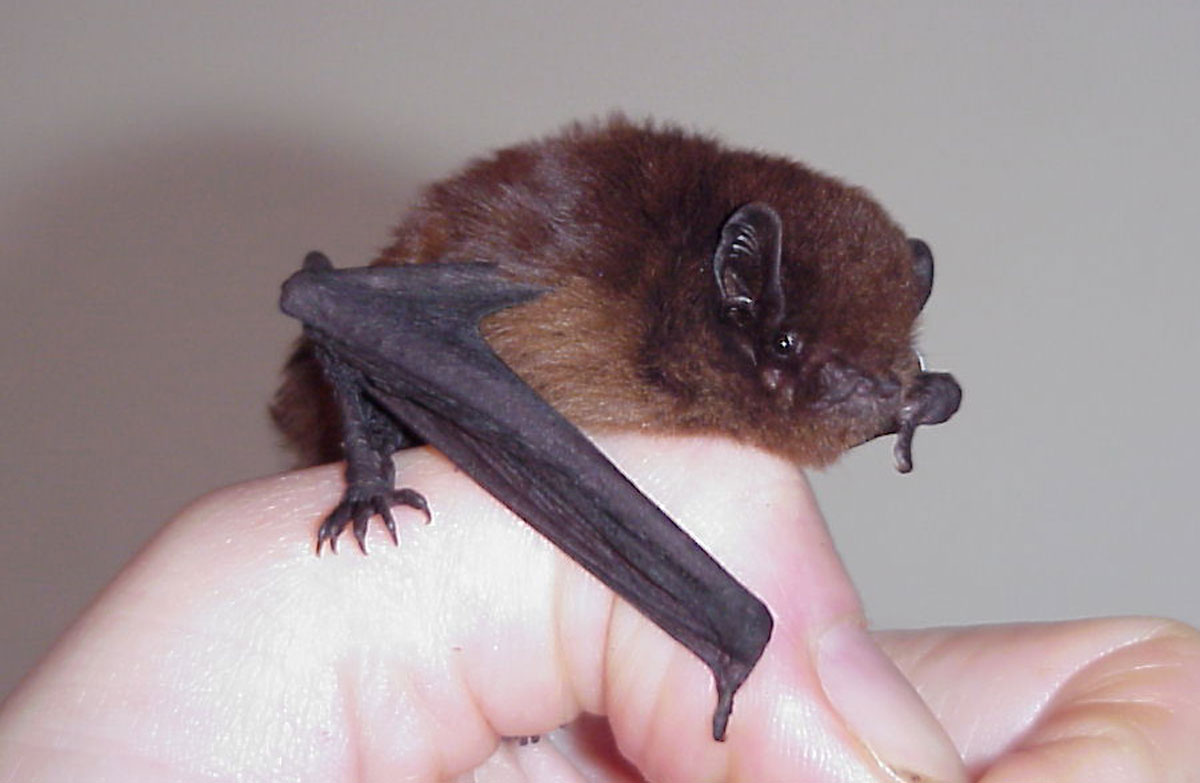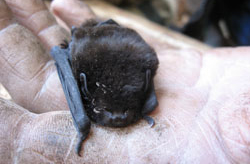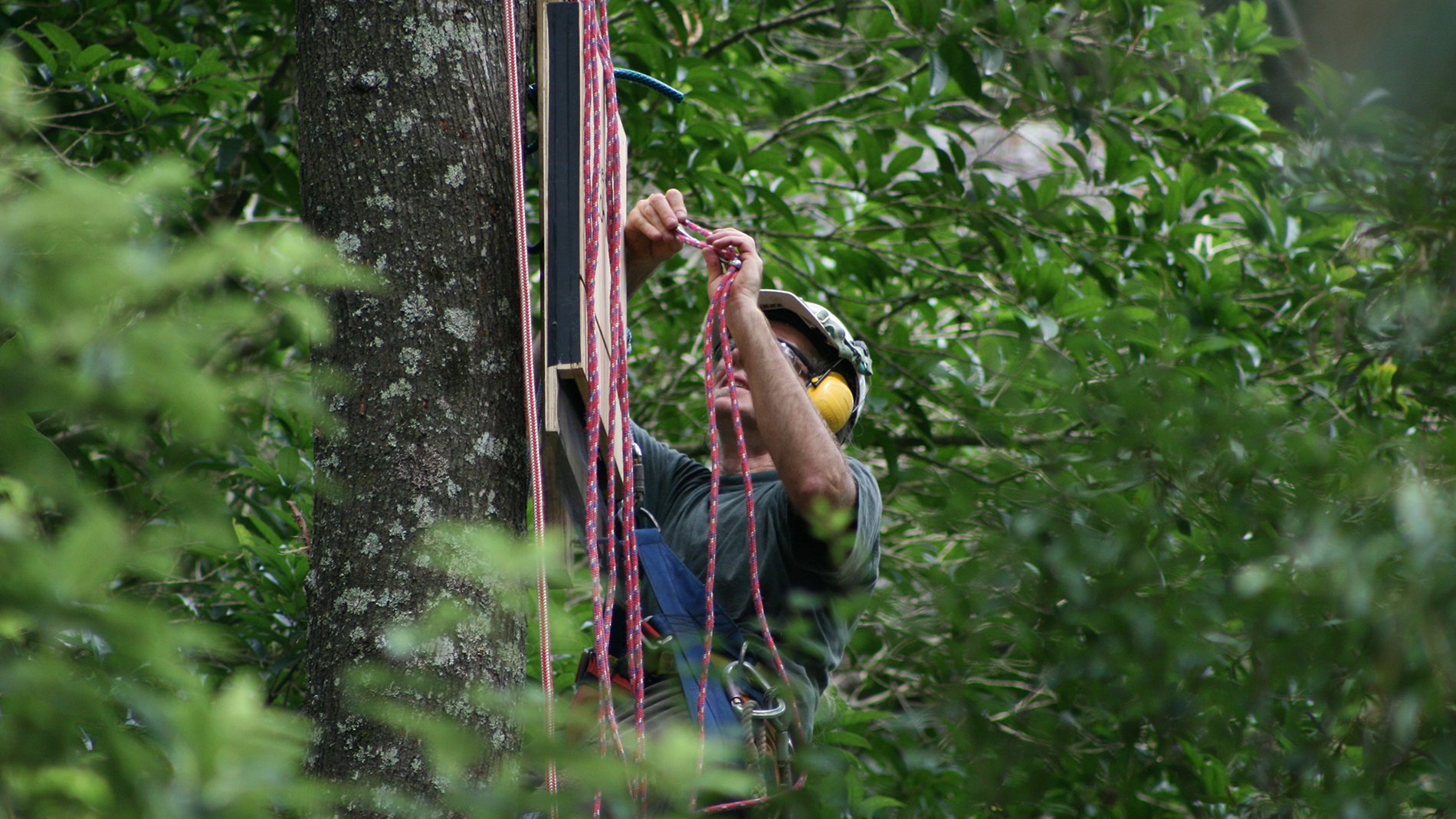Hamilton's long-tailed bats (Chalinolobus tuberculatus)
Hamilton city is one of the only cities in New Zealand to still support a resident population of long-tailed bats (Chalinolobus tuberculatus).
The long-tailed bat is unique to New Zealand, and is one of our only two remaining species of native terrestrial mammals. These bats can be found throughout New Zealand in varying habitats, but its numbers are declining due to the removal of trees (where bats roost), predation by pest mammals, and increasing competition for roost sites from rats and possums.
Long-tailed bats are capable of long distance flight. These bats may have large home ranges and regularly move between forest fragments to feed and roost. There are a few confirmed bat roosting sites in the southern part of the city, but bats are likely to be more widely distributed throughout the city than previously thought.

Source: Colin O'Donnell | Department of Conservation.

Source: Colin O'Donnell | Department of Conservation.

Source: Gerard Kelly.
Bat facts - Appearance and behaviour
Appearance
- Dark brown to black fur.
- Limbs and membranes virtually hairless.
- Small, weighing 8-14g with a wingspan of about 25cm.
Diet
- Feed on flying insects like moths, beetles, mayflies, midges and mosquitoes.
Breeding
- Breeding females give birth to one pup per year and carry juveniles during feeding flights until they reach adolescence at around 4-6 weeks.
Behaviour
- Use echolocation to identify food and other objects while flying.
- Rest by day and feed by night.
- Roost in small cavities in old or large trees, including dead trees.
- Frequently switch roosts.
- Hang upside down and hold onto roost with claws of one or both feet.
- Social animals, with sometimes between 10 to 50 bats roosting and feeding together.
- Can fly long distances and may have large home ranges.
- Regularly move between forest fragments to feed and roost.
- During the breeding season, may separate into male and female colonies.
Threats
- Habitat loss.
- Competition for roosting sites from possums and rats.
- Predation by feral cats, stoats and rats.
Protecting bat habitat on your property
Bats move to a new roost tree regularly, so are not always present at one site.
You can help by protecting standing dead trees and old-age trees with hollows and cavities, because these are the natural habitat of long-tailed bats.
You could also consider planting large trees for future bat generations.
Contact Waikato Regional Council or Department of Conservation if you need more advice.
Waikato Bat Alliance
The Waikato Bat Alliance aims to coordinate the collaboration of its members (all with a mandate to protect bat habitat or the bats themselves) and engage productively with stakeholders to achieve its vision.
Vision: The taaonga pekapeka-tou-roa, long-tailed bat is flourishing and treasured in a growing and developing Waikato region.
The Waikato Bat Alliance has developed a guiding regional bat strategy to:
- provide a framework for mana whenua, councils and Department of Conservation to collaborate on bat habitat protection and restoration measures,
- share resources and information,
- align policies and planning,
- meet new national policy and legislation requirements for bats, and
- resolve dilemmas and conflict outside legal and planning challenges.




